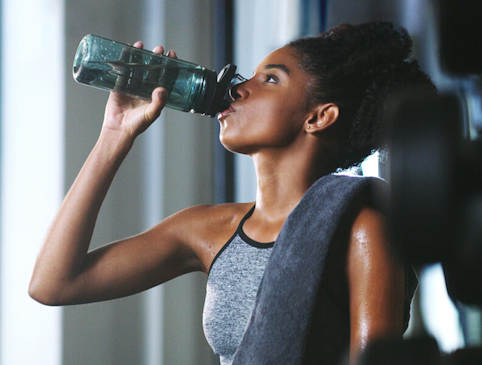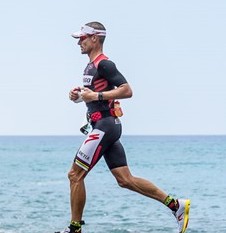Hydration For The Serious Athlete

Hydration for the Serious Athlete
Proper hydration can be the difference between a strong finish and hitting the wall. Many serious athletes underestimate how much fluid they lose through sweat—leading to slower recovery, reduced power, and poor performance. Understanding your individual hydration needs is essential if you want to train harder, recover faster, and perform at your best.
Why It Matters
Even mild dehydration—just a 1–2% drop in body weight from fluid loss—can significantly reduce endurance, delay recovery, and impair concentration. Yet many athletes still rely on generic advice like “drink 8 cups of water a day.” That’s not nearly enough for anyone training hard or sweating heavily.
Personalized hydration starts with one simple number: your sweat rate.
How to Calculate Your Sweat Rate
This method uses your body weight in pounds and ounces to determine how much sweat you lose per hour during training. It’s one of the most valuable tools for building a customized hydration strategy.
Step-by-Step Instructions
-
Weigh yourself before exercise (undressed, after using the bathroom).
Record this weight in pounds and ounces. -
Exercise for 60 minutes, keeping track of:
-
Any fluid you drink (in ounces)
-
Whether you urinated during the session
-
-
Weigh yourself again post-exercise (undressed, towel-dried).
Record this weight in pounds and ounces. -
Calculate your sweat loss:
-
Convert pounds and ounces to total ounces (1 lb = 16 oz)
-
Sweat loss = (Pre-exercise weight – Post-exercise weight) in ounces
-
Add the number of ounces you drank
-
If you urinated during the session, add ~8 oz per urination
-
-
The result = your sweat rate in ounces per hour
Example
-
Pre-exercise weight: 150 lbs 0 oz
-
Post-exercise weight: 148 lbs 12 oz
→ Weight loss: 1 lb 4 oz = 20 oz -
Fluid consumed: 16 oz
-
No bathroom breaks
Total sweat loss = 20 oz (weight) + 16 oz (fluid) = 36 oz
Sweat rate = 36 oz/hour
What to Do with This Number
Now that you know your sweat rate, you can start to plan your hydration strategy based on real needs—not guesswork.
During Exercise

-
Aim to replace at least 50% of your hourly fluid losses during activity.
-
For long sessions or hot/humid conditions, you may need to approach 100% replacement.
After Exercise
-
Rehydrate with 125–150% of what you lost to fully replenish.
-
Include sodium in your post-exercise recovery to help retain fluid and restore balance.
More Than Just Water: The Electrolyte Factor
Sweat doesn’t just contain water—it includes key electrolytes, especially sodium. Some athletes lose a small amount; others lose a lot. If you see white marks on your clothing or feel prone to muscle cramps, your sodium loss may be high.
If you’re curious about how hydration affects other performance tools, you’ll also want to read about: Sports Drink Alternatives.
Want to Take It Further?
Personalized hydration is just one piece of a complete performance plan. If you’re serious about improving endurance, power, and recovery, consider booking a virtual session at a special introductory rate.
This is your opportunity to get expert guidance tailored to your goals, whether you’re training for a race, managing fatigue, or just trying to dial in your nutrition strategy.
